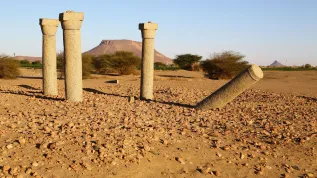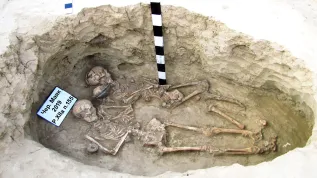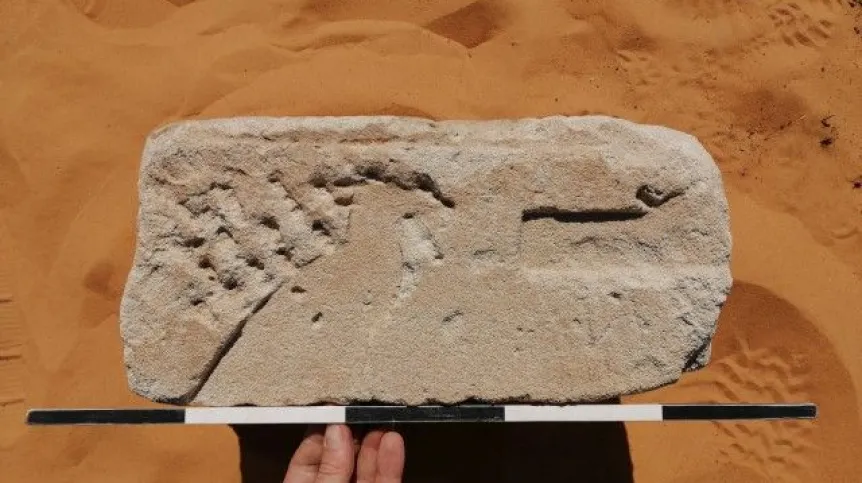
Polish archaeologists discovered sandstone blocks from a Pharaonic temple covered with hieroglyphs during excavations in Old Dongola in Sudan. The blocks come from the first half of the first millennium BCE. So far, no ruins from such an early period have been found there; this could move the city's history back a thousand years.
Old Dongola was the capital of the Kingdom of Makuria from the 5th to the 14th century. Makuria was a powerful kingdom that occupied the area from the Second Cataract to the Fifth Cataract of the Nile. During this year’s research at the site of the medieval citadel, an expedition of the Polish Centre of Mediterranean Archaeology of the University of Warsaw discovered stone blocks with Egyptian hieroglyphic inscriptions and figural decoration.
Egyptologist Dr. Dawid F. Wieczorek identified them as elements from a Pharaonic temple. According to his assessment, they came from a structure that dates back to the 1st half of the 1st millennium BCE. These were the times of the XXVth Egyptian dynasty, which ruled over vast territories in north-eastern Africa and the Middle East. The assessment is based on the analysis of the script and the sandstone blocks' processing technology.
Dr. Wieczorek told PAP: “This is a huge surprise, because despite the 60-year Polish archaeological presence in Old Dongola, no evidence of such early construction activity at the site had been identified before.
“It is impossible to tell at this point say whether this material is local or had been brought from another site. Nevertheless, it is surprising that there are so many of these blocks - and from different parts of, it seems, the same temple."
He added that so far he had counted about 100 characteristic white sandstone blocks, but only some of them had traces of ancient processing. They were reused for residential development in the Middle Ages.
He said: “We have blocks from the floor, the outer walls, and - it seems - the pylon itself (tower flanking the entrance to the temple - ed. PAP), which may indicate the local origin of the building.”
If archaeologists could confirm that the blocks were not brought from the area, but came from an ancient temple located in Old Dongola, it would be an important discovery for the history of Sudan, because until now it was believed that the city was founded in the 5th century CE.
“This would move the founding date this city back by over 1,000 years,” Dr. Wieczorek said.
The scientist pointed out that there were no known sites with Egyptian architecture within a radius of more than a hundred kilometres from Old Dongola. The closest sites are Gebel Barkal, about 150 kilometres up the Nile, and Kawa, about 120 kilometres down the Nile. These were two leading urban and religious centres founded in the period of the New Kingdom, in the 16th and 14th centuries BCE, respectively.
The expert does not rule out the existence of more Egyptian centres in this section of the Nile valley. The current state of knowledge may simply a reflection of the current state of archaeological research. “I hope that our discovery will help fill this gap,” added Dr. Wieczorek.
The Egyptologist will stay in Sudan until March 9. The work is still in progress. He said: “Every day, we obtain new blocks from the excavations, but only some of them have preserved traces of original processing or relief decoration.”
The researcher has been participating in this year's research since mid-January. When asked about the field work conditions, he said that it was cold in January and until mid-February, and a very strong wind was blowing and raising clouds of sand into the air, which made the work very difficult.
The PCMA UW expedition has been working in Old Dongola since 1964. Research work in this place has intensified in recent years. Dr. Artur Obłuski received two grants from the European Research Council for this purpose: the ERC Starting Grant in 2017, and ERC Consolidator in January 2023. (PAP)
PAP - Science in Poland, Szymon Zdziebłowski
szz/ zan/ kap/
tr. RL
Gallery (3 images)
-
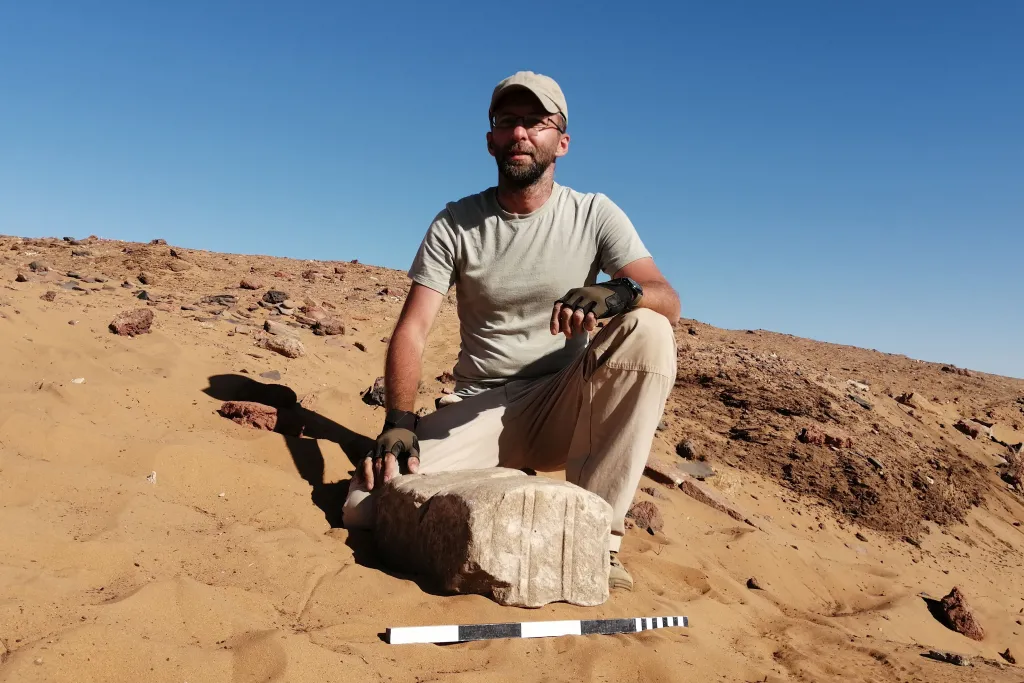 1/3Credit: D.F.Wieczorek, Polish Centre of Mediterranean Archaeology of the University of Warsaw
1/3Credit: D.F.Wieczorek, Polish Centre of Mediterranean Archaeology of the University of Warsaw -
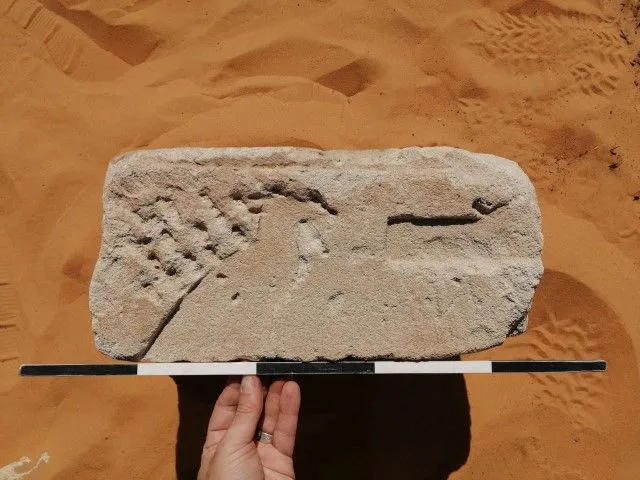 2/3Credit: D.F.Wieczorek, Polish Centre of Mediterranean Archaeology of the University of Warsaw
2/3Credit: D.F.Wieczorek, Polish Centre of Mediterranean Archaeology of the University of Warsaw -
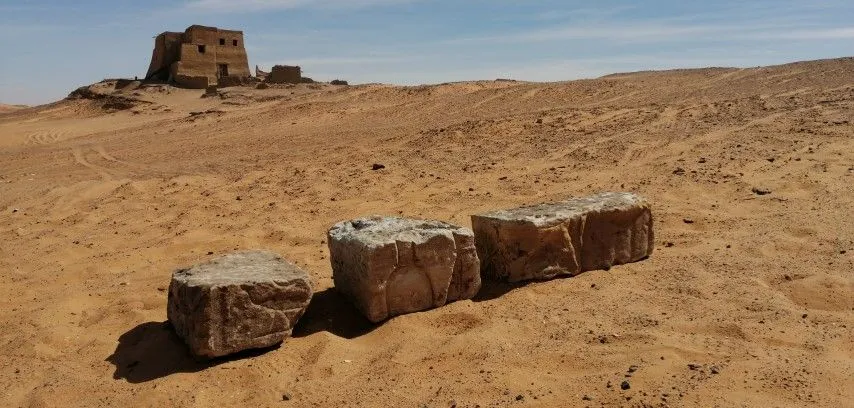 3/3Credit: D.F.Wieczorek, Polish Centre of Mediterranean Archaeology of the University of Warsaw
3/3Credit: D.F.Wieczorek, Polish Centre of Mediterranean Archaeology of the University of Warsaw

